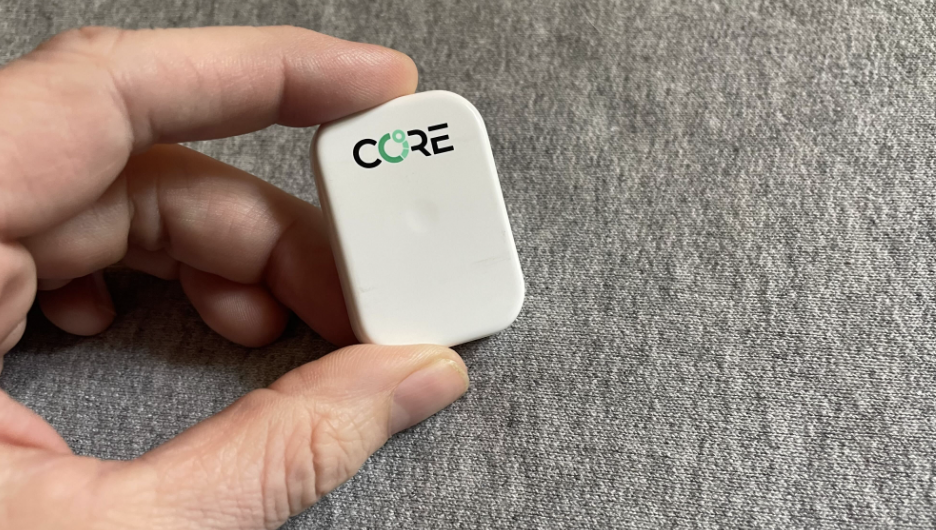Smart TVs have undoubtedly taken over the streaming space, and it’s not hard to see why. You download the apps you want to use, log into your accounts, and presto: You can stream anything with a few clicks of your remote.
But smart TV apps aren’t the only way people watch shows and movies on platforms like Netflix. Among other methods, like plugging a laptop directly into the TV, many people still enjoying casting their content from small screens to big screens. For years, this has been a reliable way to switch from watching Netflix on your smartphone or tablet to watching on your TV—you just tap the cast button, select your TV, and in a few moments, your content is beamed to the proper place. Your device becomes its own remote, with search built right-in, and it avoids the need to sign into Netflix on TVs outside your home, such as when staying in hotels.
At least it did, but Netflix no longer wants to let you do it.
Netflix no longer supports casting on most devices
While you can still cast to your TV from other streaming platforms, there’s bad news for Netflix fans: The company has abruptly dropped casting support for most devices. Android Authority was the first to report on the change, though you might have stumbled upon the development yourself when looking for the cast button in the Netflix app. In fact, Netflix has prepared for your confusion, as you can see from this Netflix Help Center page titled “Can’t find ‘Cast’ button in Netflix app.” This page might offer a glimmer of hope at first, as you think “Oh good, Netflix has a solution if the Cast button is missing.” Unfortunately, the response isn’t going to make you happy: “Netflix no longer supports casting shows from a mobile device to most TVs and TV-streaming devices. You’ll need to use the remote that came with your TV or TV-streaming device to navigate Netflix.”
The exception here is for “older” Chromecast devices or TVs that work with Google Cast—but only if you pay for an ad-free Netflix plan. If you took Netflix up on its lower-cost subscription offer, those ads not only cost you extra watch time, but also your ability to cast—assuming you even have the older hardware to cast to.
While Android Authority was the first major publication to report on the issue, some Netflix casters have been living with the change over the past couple of weeks. On Nov. 14, this user posted on the Chromecast subreddit voicing their complaints about the change. They were particularly frustrated with the lack of communication from Netflix, as the Cast button was removed “with zero warning.” Other users in the thread noted their frustrations, too, with some threatening to cancel their subscriptions over the issue.
Why is Netflix removing support for casting?
Netflix doesn’t explain why it’s making the change, so I can only speculate. First, it’s totally possible this is simply a tech obsolescence issue. Many companies drop support for older or underused technologies, and perhaps Netflix sees now as the time to largely drop support for casting. Streamlining the tech the app has to support means less work for Netflix developers, and it wouldn’t be the first time the company dropped support for older platforms. However, that doesn’t really explain why the company still supports some devices for casting. Maybe it took a look at its user base, and made the calculation that enough subscribers relied on Google Cast devices for casting, but not enough relies on newer hardware for casting. We might not really know unless Netflix decides to issue a statement.
That said, I can’t help but feel like this is related to Netflix’s crackdown on password sharing. The company clearly doesn’t want you using its services unless you have your own paid account—or have another user pay extra to have you on their account. Casting, however, makes it easy to continue using someone else’s account without paying for it. Since Netflix only requires mobile users to log into the account owner’s home wifi once a month to continue watching on a device, you could theoretically cast Netflix from your smartphone to your TV to continue enjoying your shows and movies “for free.” By removing casting as an option for most users, those users will either need to connect a device to the TV by wire—like a laptop connected via HDMI—or log into the smart TV app. And if those users don’t actually have permission to access that account via that app, they won’t be able to stream.
If this really is the company’s intention, it’s doing so at the inconvenience of paying users, too. If you’re traveling, you now need to bother with signing into your account on a TV you don’t own. If you don’t like using your smart TV apps, you’re kind of out of luck, unless you want to deal with connecting a computer to your TV whenever you want to catch up on Stranger Things.
How to fix Netflix casting issues with compatible hardware
If you do meet the new requirements for casting on Netflix, and the cast button still isn’t appearing, Netflix does have some troubleshooting steps you can take on its Help Center page. It’s device-dependent, but generally, here’s what you should do:
-
Check your Chromecast’s wifi network: You can ensure your Chromecast is actively connected to your wifi network from the Google Home app on your iPhone or Android device.
-
Turn your device off and on again: If you’re casting from your phone or tablet, power it off completely, then turn it back on again.
-
Turn your Chromecast off and on again: If your device boots back up but the Cast button is still missing, power off and unplug your Chromecast for at least 15 seconds before turning it back on again.
-
Sign out of Netflix: Log out of Netflix on the device you’re trying to cast from.
-
Turn off Chrome extensions: If you’re using Chrome on a Mac or PC for casting, Netflix recommends turning off your browser extensions. (This seems like an extreme step in my opinion, especially if you’re someone who relies on Chrome extension—but if it works, it works.)






![Samsung Galaxy Ring, AI Smart Ring, Size First w/Sizing Kit, No App Subscription, Fitness Monitor, Sleep Tracker, Up to 7-Day Battery, Size 13, Titanium Black [US Version, 1Yr Manufacturer Warranty]](https://www.prime-wow.com/wp-content/uploads/2025/12/hero-imagefillsize_autoxautov1737560019.jpg)



